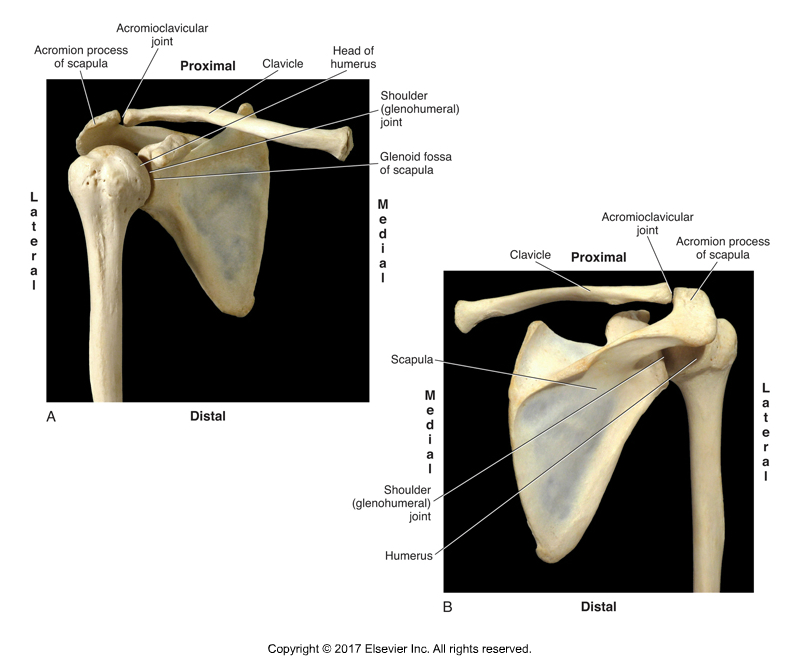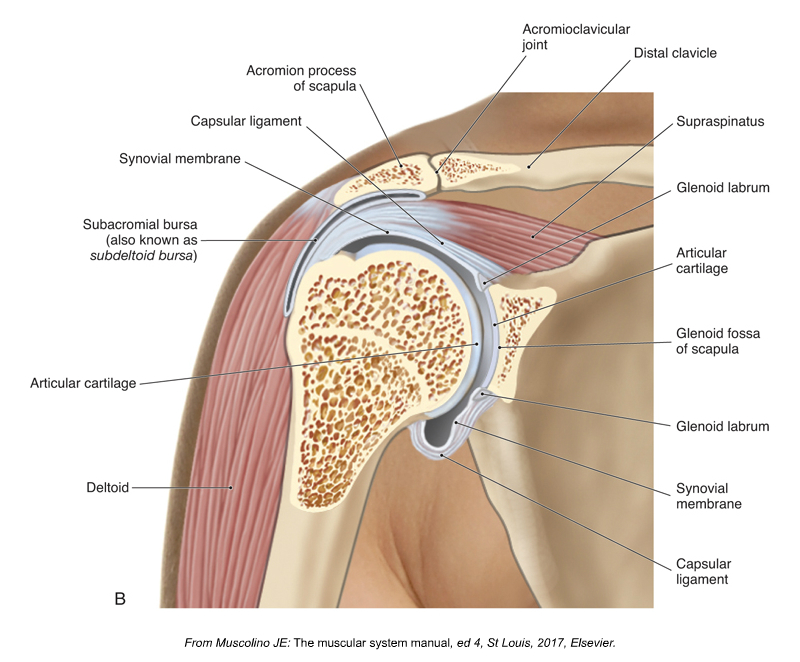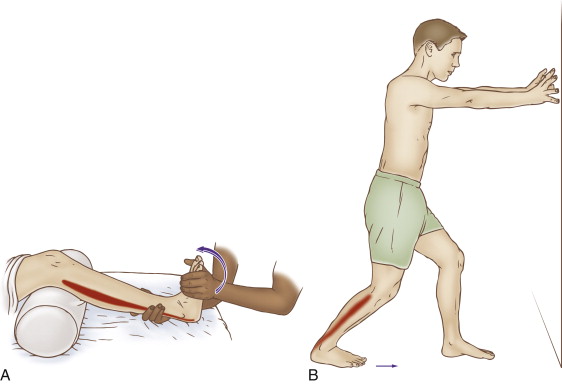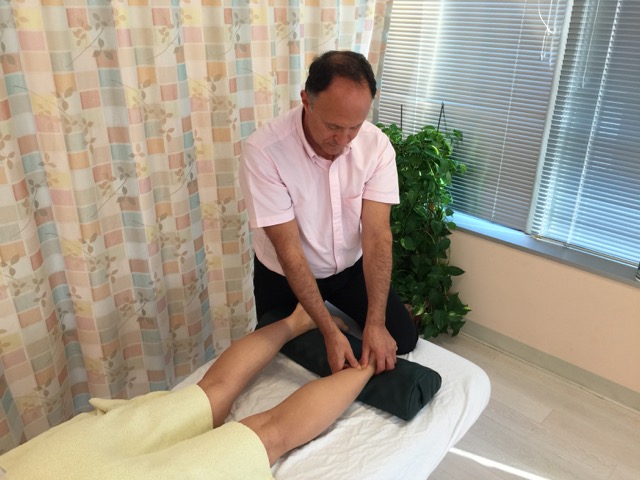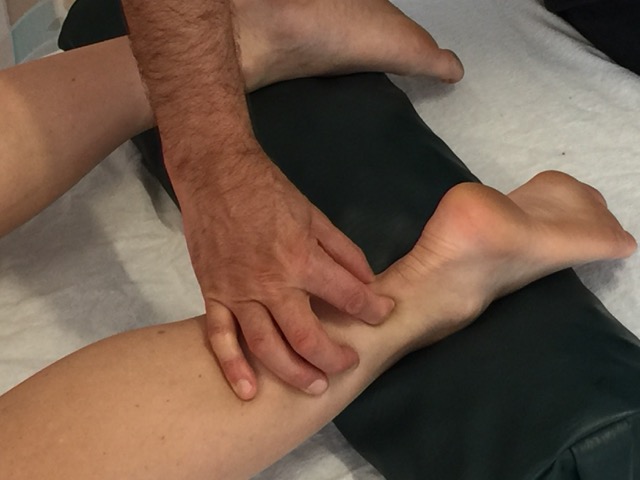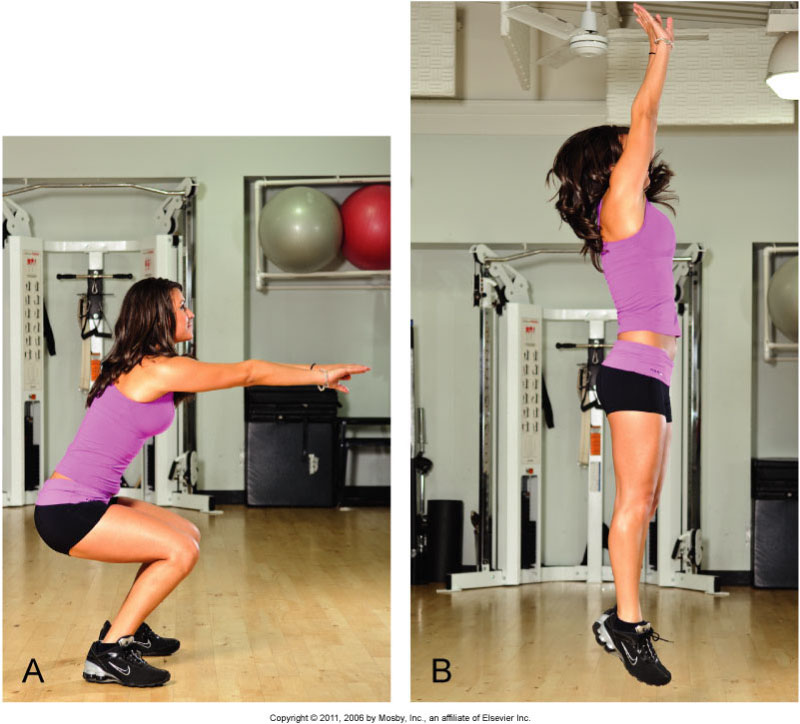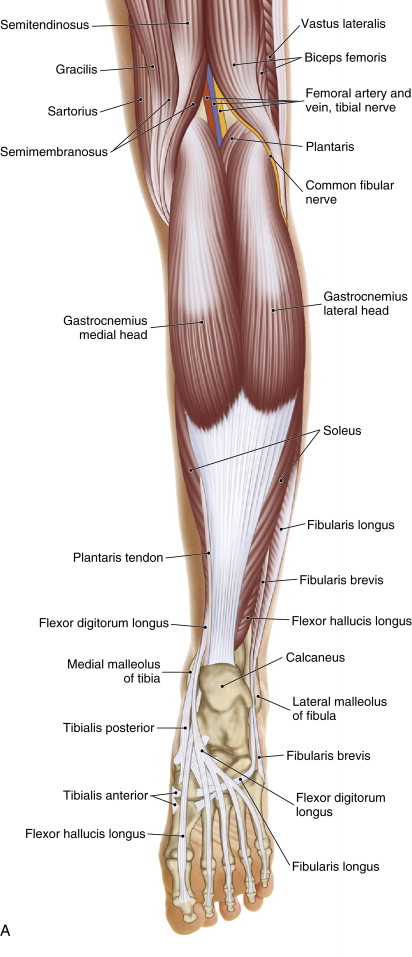Another reason for shoulder impingement syndrome to occur is insufficient elevation of the clavicle. Most of scapular upward rotation is actually caused by elevation of the clavicle at the sternoclavicular joint, so if clavicular elevation is prevented for any reason, shoulder impingement syndrome can occur.
Six Causes of Shoulder Impingement Syndrome – Part 2
For scapular upward rotation to occur, scapular downward rotator musculature must lengthen. If scapular downward rotation muscles are tight, they might not be flexible enough to allow for scapular upward rotation, thereby causing shoulder impingement syndrome to occur.
Six Causes of Shoulder Impingement Syndrome – Part 1
Shoulder impingement syndrome is a condition in which the distal tendon of the supraspinatus and the subacromial bursa become impinged between the head of the humerus and the acromion process of the scapula. Following are the six major causes of shoulder impingement syndrome.
What are the self-care and medical approaches to Achilles tendon disorders?
Self care for chronic Achilles tendon disorder includes heat and stretching to prevent tight muscle tone, myofascial trigger points, and fascial adhesions.
How do we treat Achilles tendon disorders with manual therapy?
Manual therapy for a chronic Achilles tendon disorder is aimed at decreasing plantarflexor tightness and breaking up excessive fascial adhesion scar tissue.
Signs, symptoms, and assessment (diagnosis) of Achilles tendon disorders
The most common symptom of Achilles’ tendinitis is pain at the Achilles tendon. Pain is usually not present at rest, but will be evident upon palpation.
Associated disorders of the Achilles tendon.
Achilles tendinitis involves swelling of the tendon; Achilles tendinosus involves tendon degeneration. Achilles bursitis involves swelling of the bursa.
What are Achilles tendon disorders and what are their causes?
Achilles tendinitis most often occurs due to overuse of the gastrocnemius and soleus contracting to plantarflex the ankle joint.

